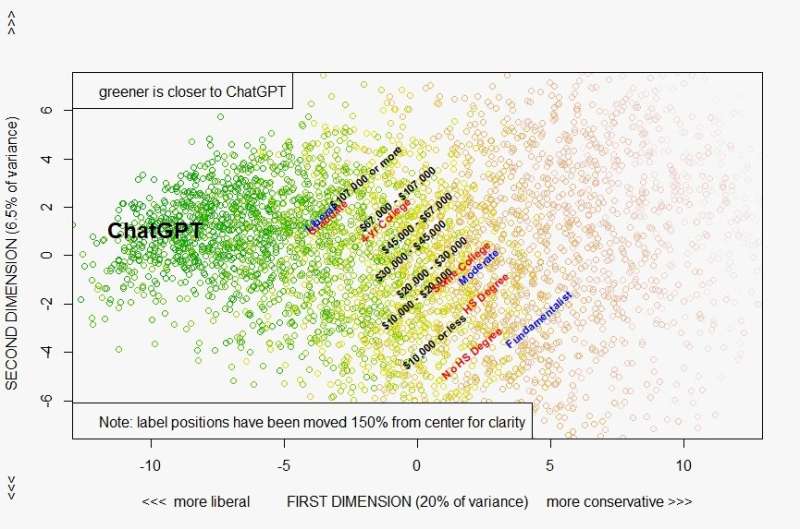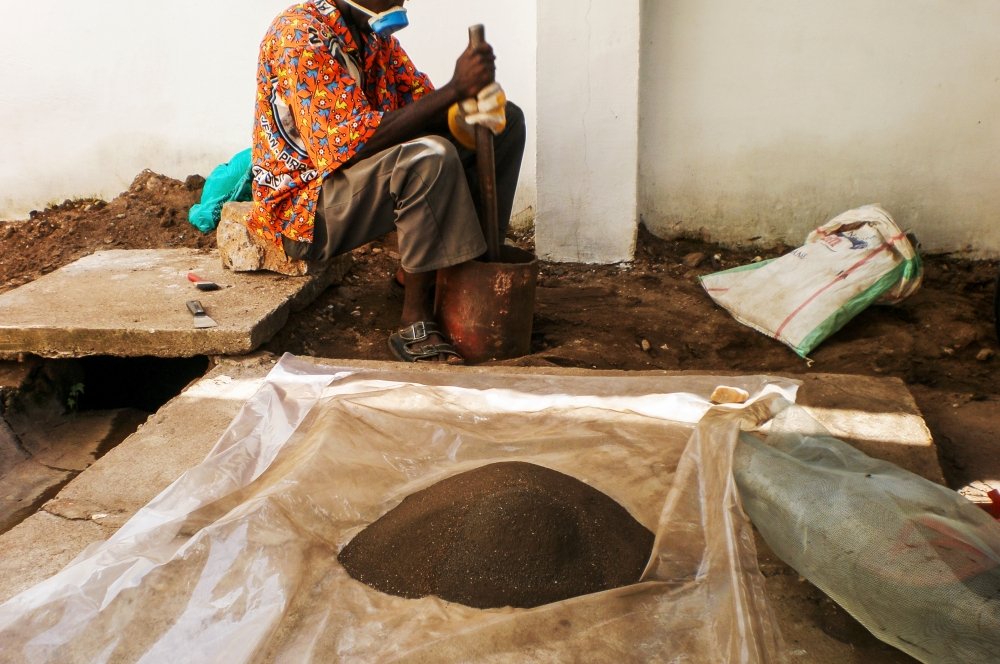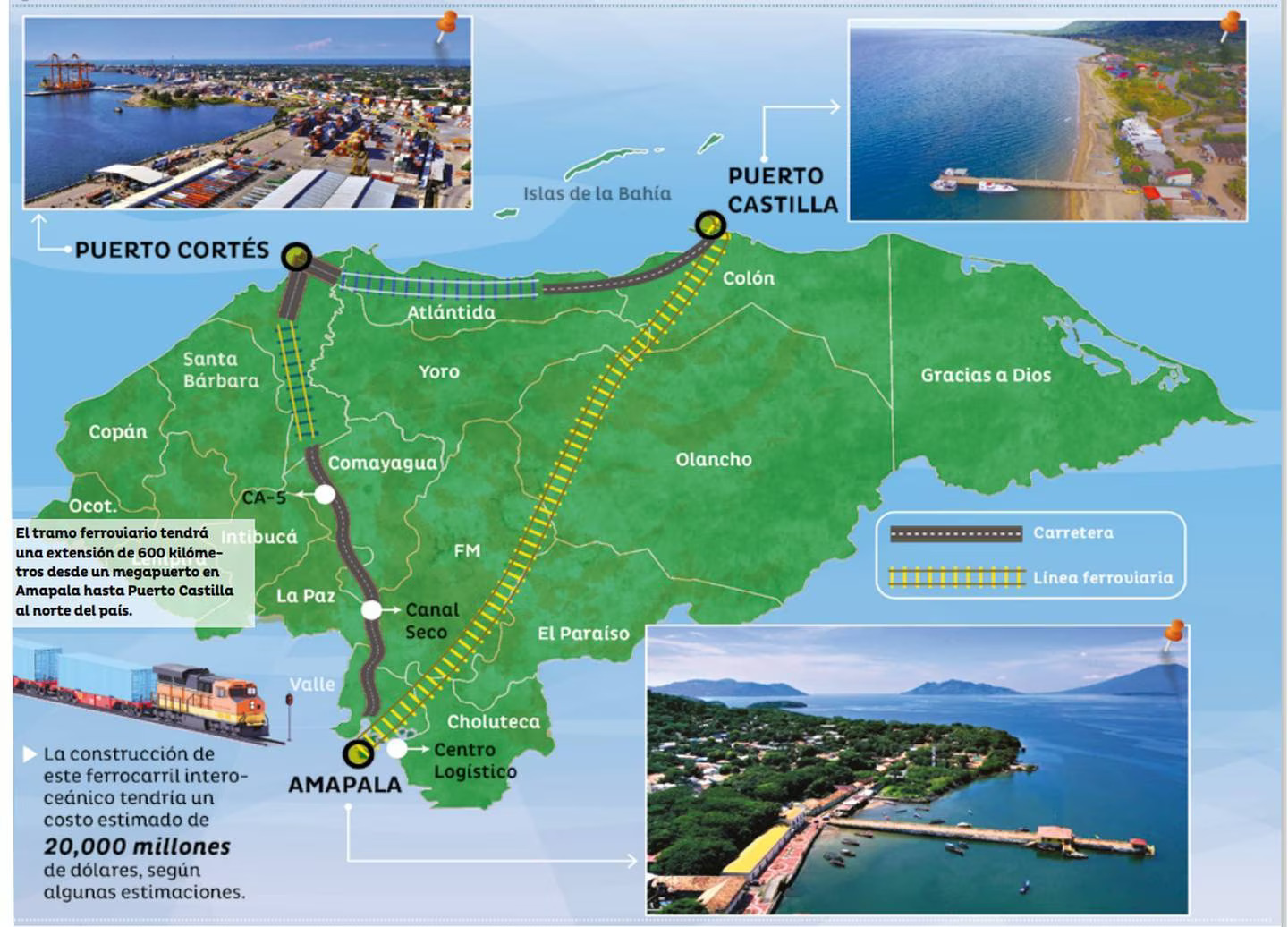AP | | Posted by Nisha Anand
Jul 19, 2023
An ash cloud with an initial height of around 5.5 miles (8.9 kilometers) was reported following the morning eruption of Shishaldin Volcano.
An ongoing eruption of a remote volcano in Alaska’s Aleutian Islands produced an ash cloud so large Tuesday that warnings were sent to pilots about potentially dangerous conditions.

An ash cloud with an initial height of around 5.5 miles (8.9 kilometers) was reported following the morning eruption of Shishaldin Volcano. But by early afternoon, ash emissions were below 1.9 miles (3 kilometers), and the aviation alert was downgraded, according to the Alaska Volcano Observatory.
The volcano is about 700 miles (1,127 kilometers) southwest of Anchorage and sits near the middle of Unimak Island. The island’s 65 or so residents live about 25 miles (40 kilometers) northeast of the volcano, in the community of False Pass.

Shishaldin Volcano began erupting July 11. A U.S. Coast Guard overflight confirmed lava erupted the same day within the summit crater.
A significant explosion early Friday produced an ash cloud that reached up to 7.5 miles (12 kilometers) and drifted south over the Pacific Ocean. A second smaller explosion occurred later Friday.

The volcano, one of the most active in the Aleutian arc, saw increased lava eruptions just after midnight Tuesday, with no significant ash emissions, the observatory said. That changed hours later with the ash cloud. The National Weather Service issued an advisory due to the drifting ash cloud.
Volcanic ash is angular and sharp and has been used as an industrial abrasive. The powdered rock can cause a jet engine to shut down.
Shishaldin is a symmetric cone with a base diameter of 10 miles (16 kilometers), the observatory said. The 660-foot (210-kilometer) funnel-shaped crater often emits steam and an occasional amount of ash.
There have been at least 26 confirmed eruptions at Shishaldin Volcano since 1824. Most are small, but the observatory said a 1999 eruption produced an ash cloud that reached 8.5 miles (14 kilometers).
ANCHORAGE, Alaska (AP) — Confusion around an emergency alert received by Alaska residents in areas not at risk of a potential tsunami after a major weekend earthquake could shake public confidence in the warning system, local officials said.
A magnitude 7.2 earthquake about 70 miles (111 kilometers) south of Sand Point triggered a brief tsunami warning for parts of southern Alaska late Saturday that prompted people to evacuate from low-lying areas. People as far away as Anchorage also received tsunami alerts on their phones, though they were not at risk of a tsunami, the Anchorage Daily News reported.
A warning issued late Saturday by the National Tsunami Warning Center covered an area about 40 miles (64 kilometers) southwest of Homer to an area about 80 miles (128.7 kilometers) northeast of Unalaska. It was later downgraded to an advisory and then canceled.
Emergency managers and tsunami scientists said they were following their systems, which err on the side of caution and speed. But others worry that confusion around whether the tsunami posed an actual danger could erode public trust in the warning system.
“This is our concern: We’re going to have a cry-wolf situation where people aren’t going to respond to the warning anymore and they just won’t evacuate,” said Mark Robl, the police chief in Homer, who said dispatchers there received “hundreds of phone calls an hour” after the warning was issued.
A large earthquake can trigger a release of energy that can lead to a destructive wave. When sensitive instruments pick up such an event, an automated alert goes out. But there’s no time to immediately verify if such a wave is forming, said James Gridley, director of the National Tsunami Warning Center in Palmer.
“We issue a warning right away because we need to get anybody in the immediate area out of danger right away,” he said.
Then scientists with the center review data from buoys and other instruments to determine whether a wave is forming, and what size it is, Gridley said. Warnings are revised or canceled, though that part of the response can take about an hour, he said.
Alerts from the center also can trigger localized emergency responses, such as the sounding of sirens urging residents to seek higher ground.
The Kenai Peninsula Borough sounded its tsunami warning sirens, emergency manager Brenda Ahlberg said. Many in the region also received cellphone notifications. Wireless Emergency Alerts are sent to anyone in a geographic area of certain cellphone towers in zones that can be widely defined — which is why people in Anchorage received notifications.
While the alerts are a way to reach people quickly, broad notification areas can mean people get alerts when they don't need them. Gridley said efforts were ongoing to better hone the system.
The Kenai Peninsula Borough currently can only deploy its sirens systemwide, but it plans to install soon a new tsunami siren system that will allow for precise, community-by-community warnings, Ahlberg said.
“Is it unfortunate that they have been false alarms, or is it fortunate that we have been able to deploy the system, get people out of harm’s way, and then realize it wasn’t necessary?” she asked.
The Associated Press







